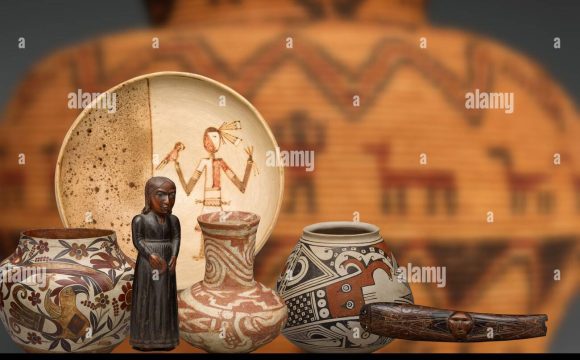The clinking of chips, the hypnotic whirl of the slots—it’s a sensory experience. But for casino operators, the real game isn’t just happening on the floor. It’s happening in the data centers, where loyalty program analytics are quietly revolutionizing how players are understood and rewarded.
Gone are the days of one-size-fits-all comps. Today, it’s about personalization. And honestly, players have come to expect it. They don’t just want a free buffet; they want an experience that feels like it was designed just for them. Let’s dive into how data is making that possible.
From Plastic Cards to Predictive Profiles
Remember the simple players card? It was a start. It tracked your play, sure. But the data was often… flat. Modern casino loyalty program analytics have transformed that basic tracking into a dynamic, 3D portrait of a guest.
We’re talking about a constant flow of information: game preference, average bet size, day-part visitation patterns, length of stay, even F&B spending. This isn’t about spying; it’s about understanding. It’s the difference between knowing a customer spent $500 and understanding they always spend it on weekend afternoons playing video poker before having a steak dinner.
The Core Metrics That Matter
So, what are the key data points that fuel personalized rewards? Here’s a look under the hood:
- Theoretical Win (Theo): This is the big one. It’s the casino’s expected earnings from a player based on their game choices, bet size, and time played. It’s the foundational metric for determining reward value.
- Player Lifetime Value (LTV): A projection of the total worth of a player’s business over the entire relationship. This helps identify who to invest in for the long haul.
- Churn Probability: Predictive models that flag players who are at high risk of taking their business elsewhere. This allows for proactive, “save” campaigns.
- Game Affinity: Does the player exclusively play slots? Are they a dedicated blackjack enthusiast? Or, you know, do they have a soft spot for that one specific Wheel of Fortune machine in the corner?
The Magic of Personalization: Turning Data into Delight
Collecting data is one thing. Using it to craft a reward that makes a player feel seen is another ballgame entirely. That’s where personalized rewards come in. They move beyond generic offers and create genuine connections.
Imagine two players, both with the same Theo.
- Player A: A 65-year-old retiree who visits on weekdays, plays penny slots for four hours, and always eats at the seafood buffet.
- Player B: A 40-year-old who visits on Friday nights, plays high-stakes blackjack for two hours, and then spends heavily at the high-end cocktail lounge.
Sending both a “Free $50 Slot Play” offer is lazy. For Player A, it’s perfect. For Player B, it’s irrelevant—maybe even a little insulting. A personalized system would send Player B a reserved table at the blackjack pit and a complimentary bottle of champagne at the lounge. That’s the difference.
A Glimpse at Personalization in Action
| Data Point | Generic Reward | Personalized Reward |
| Player always stays 3 nights | 10% off next hotel stay | Complimentary 3rd night on next visit, with a late checkout |
| Player consistently plays a specific “Buffalo” slot game | Free Buffet Pass | Exclusive tournament entry for “Buffalo” slot players with a top prize |
| High F&B spend, specifically on wine | $50 Free Play | Private wine tasting with the sommelier or a credited amount towards a bottle from the reserve list |
The Human Touch in a Digital World
Here’s the deal: the goal isn’t to replace the host with an algorithm. The goal is to arm the host with incredible insight. When a host can see that a guest’s spouse has a birthday coming up—and that they always book a spa treatment—they can proactively offer a couples massage. The data enables the human touch; it doesn’t erase it.
This level of casino loyalty program analytics also helps solve a major pain point: player fatigue. When every offer feels relevant and valuable, players are less likely to suffer from “offer burnout.” They start to see the casino not as a faceless corporation, but as a place that knows and appreciates them.
Navigating the Creepy vs. Cool Line
Of course, there’s a fine line. Personalization can feel, well, creepy if it’s too on-the-nose. The key is subtlety and value. Knowing I like blackjack is cool. Mentioning the specific hand I lost a lot on last time in a marketing email? That’s a step too far. The best programs use data to create positive surprises, not uncomfortable moments.
The Future is Frictionless and Predictive
The next frontier? Honestly, it’s already here in some places. We’re moving towards truly frictionless experiences. Imagine walking up to a slot machine and it automatically welcomes you, already knowing your preferences. Or receiving a mobile offer for a free drink from the bar you’re walking past, right at the moment you’re thinking about one.
Predictive analytics will get even smarter, anticipating a player’s needs before they even articulate them. The system might notice a player’s typical visit is a week away and proactively offer a room upgrade to make their annual trip extra special.
In the end, it all comes down to a simple, human truth. People want to feel valued. They want to be recognized. By leveraging loyalty analytics to deliver personalized rewards, casinos aren’t just optimizing their marketing spend. They’re building relationships. And in a competitive landscape, that personalized connection—that feeling of being a valued guest, not just a wallet—is the ultimate jackpot.









